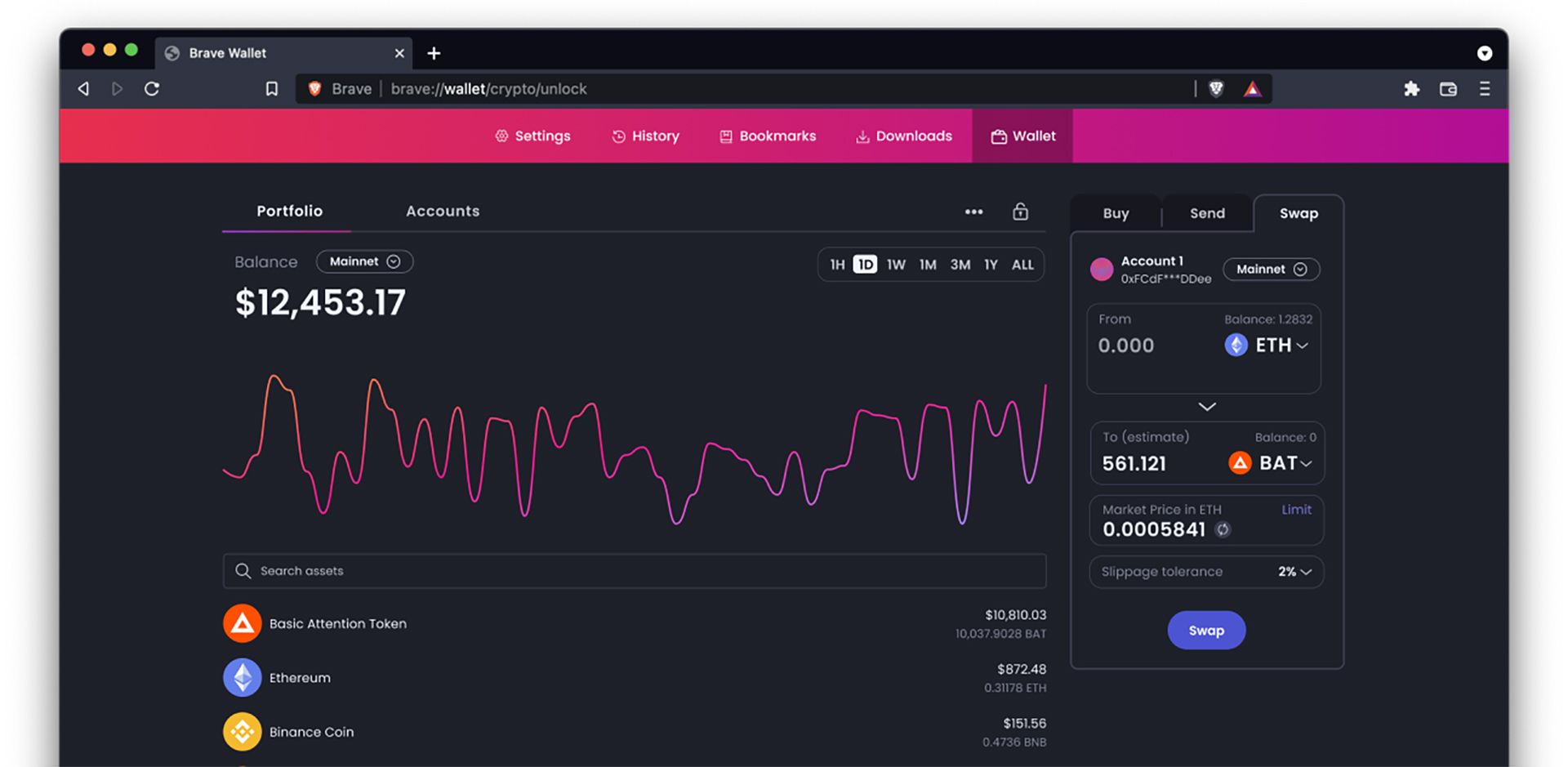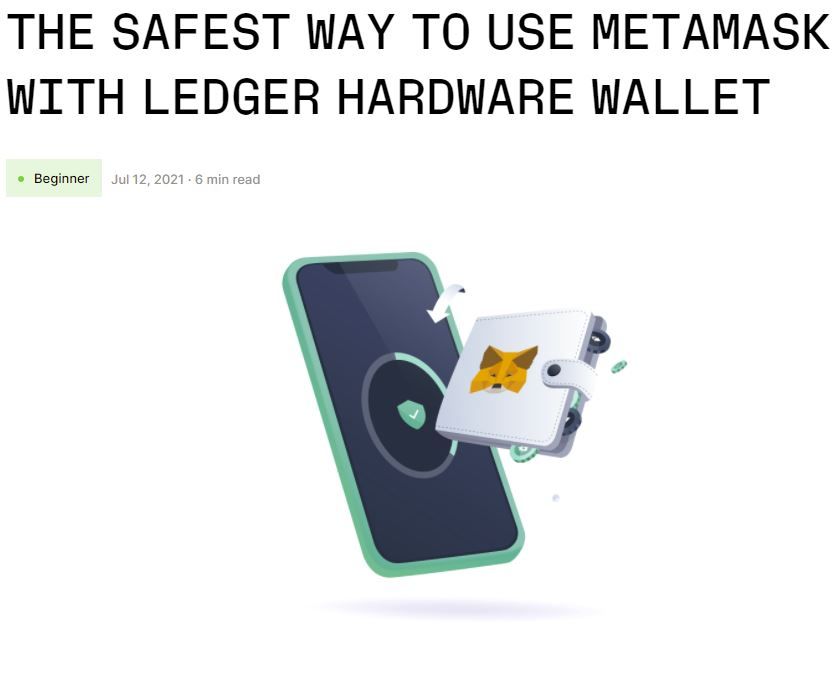Digital tokens and cryptocurrency transactions exist on the blockchain. A cryptocurrency wallet has software that creates and stores private and public keys, interacts with the blockchain, monitors your balances and allows you to send or receive cryptocurrencies. Just like an email has a public email address and a password, wallets similarly have a public address and a private key used to interact with the blockchain.
However, a crypto wallet is more like a key to access your funds and assets rather than your assets being stored inside your own wallet.
There are many different types of wallets. Hot wallets like MetaMask and Coinbase Wallet are browser-based, which means they interact with the blockchain through a user interface tied to your browser (which happens to make them vulnerable to various attacks like Javascript attacks). On the other hand, cold wallets, typically physical devices that often look like a small USB stick, store private keys in their specialized chips or hardware, maintaining an air gap from the internet, making it one of the safest ways to store your NFTs and hodl your crypto. Notably, cold wallets force a user into having a single point of failure and, of course, are proprietary so can’t be audited like open source software.
A number of browser-based hot wallets have recently been making developments to gain back some of the users lost to cold wallet providers like Ledger and Trezor.
Brave browser has announced a built-in native wallet with multi-chain support, which can eliminate downloading an extension and third-party software for interacting with DApps. Due to that and a myriad of other reasons, Brave is widely considered to be an optimal solution for privacy-focused browsing.

In collaboration with UCSD Engineering, Brave announced SugarCoat, a new open source solution to strengthen the protection of Web users’ privacy while not breaking websites. Brave is deploying SugarCoat-based protections in its browsers this year.
Brave browser now has an in-built crypto wallet https://t.co/KIojFMT7g1
— Brave Software (@brave) November 16, 2021
Wallets have been evolving in all aspects recently, from user experience to security. Mobile device wallet development has seen a surge, and many wallets like Dharma, Monolith and Rainbow are rising in user count. It is widely accepted that for crypto to have wide-scale adoption, mobile device support will be crucial—but the perennial challenge will be finding a balance between security, recovery options and ease of use. Millions (possibly even billions) of dollars worth of crypto are either stolen or lost each year due to the nature of wallet security parameters and the lack of recovery options. It is not easy to remember 12-24 random mnemonic words in sequence and storing them offline with privacy can be difficult or inconvenient.
Analyst: 1,500 Bitcoins Lost Every Day, Less Than 14 Million Coins Will Ever Circulate https://t.co/iy49Vk1BHM pic.twitter.com/Vln5Lcvf90
— Bitcoin News (@BTCTN) September 19, 2020
Multisig wallets (which require multiple signatures or keys to authorize a transaction) tackle the single point of failure problem but compromise the ease of use factor, and they are relatively harder for an average user to set up—which is why they are typically only used by organizations and individuals with large accounts. Though multisig wallets originated with the Bitcoin blockchain back in 2013, there hasn’t been much development in the space other than Gnosis Safe.
Vitalik Buterin, a co-founder of Ethereum, recently published a blog post titled ‘Why we need wide adoption of social recovery wallets’, which proposes the following:
- there is a single "signing key" that can be used to approve transactions; and
- there is a set of at least 3 (or a much higher number) of "guardians," of which a majority can cooperate to change the signing key of the account.
It may be that smart contract wallets with social recovery can be an optimal solution. Instead of private keys controlling wallets, smart contracts would step in, with a recovery mechanism through assigned delegates called “Guardians” signing transactions. One way to think of this is like providing an alternate email address on a Google account. Currently, Argent wallet utilises a similar mechanism with a smart contract-based wallet, but it’s on a central "relayer" run by the wallet maker that republishes signed messages as transactions.
Looking elsewhere, Loopring is leading in the development of rollup-based smart contract wallets, and their zkRollup Layer2 integration is a leading feature.

Despite these advancements, there is no denying that MetaMask remains the juggernaut of Ethereum wallets with 21 million monthly active users. Notably, the company recently announced a collaboration with Ledger, maker of the iconic “USB-stick” hardware wallet. There are rumours of a $MASK token launch soon and there could be an airdrop for its users (but it may be difficult to distribute to every active wallet holder due to the nature of the MetaMask project not tracking transactions or keeping data).

As companies like MetaMask continue to innovate and integrate hardware features, we may be entering into a new phase of wallet development that will provide a seamless interface between hardware and software--wherein security, interface and ease of use are finally prioritized at the same level.


